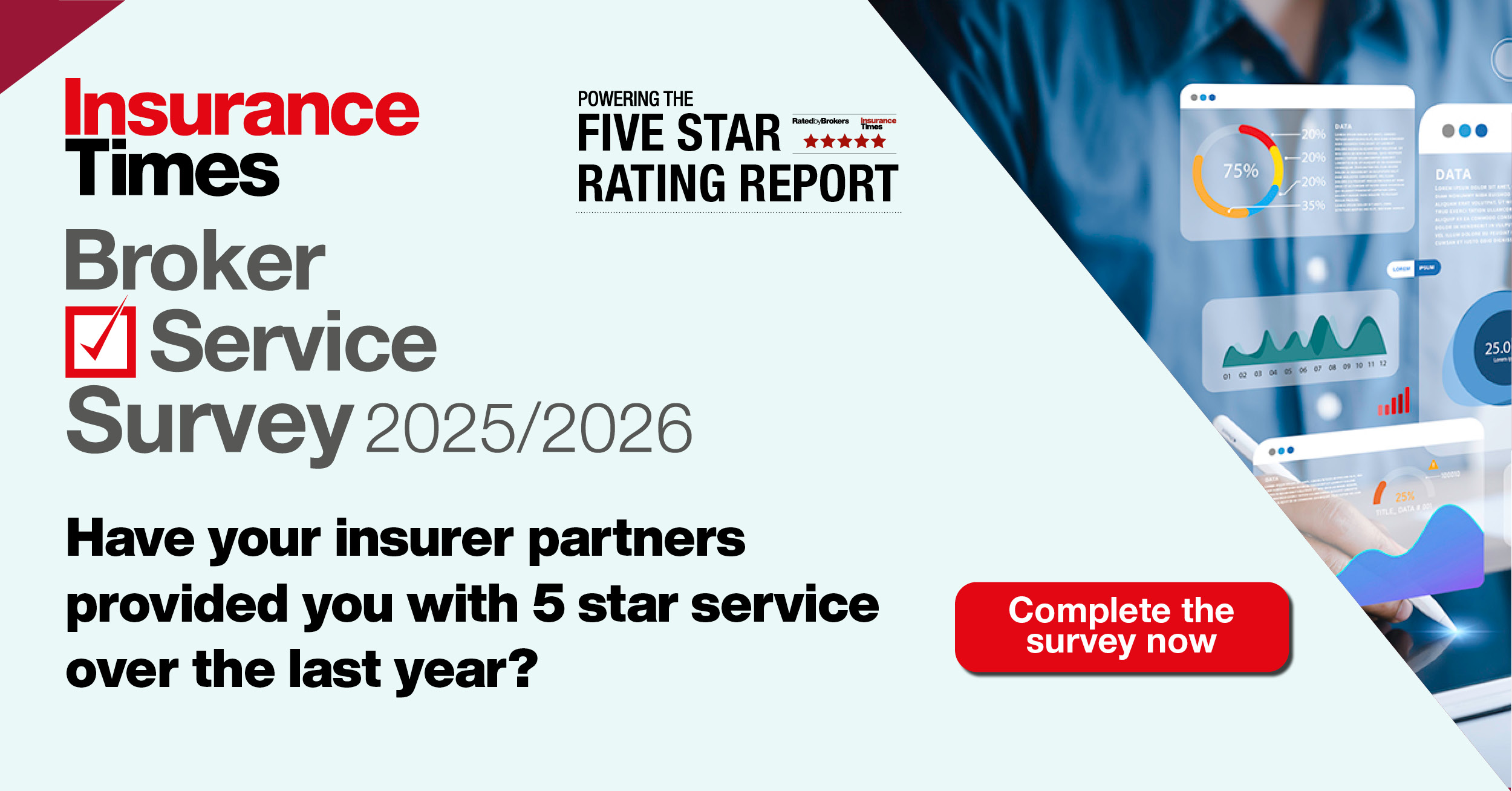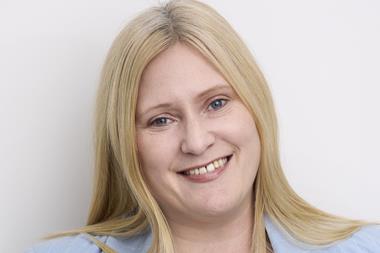Stephanie Spicer investigates the developments that may bring much-needed stability to the liability insurance market
If you often think you are going round in circles you are probably trying to sell business liability insurance.
Not only does the market follow a cycle of rate increases, but if costs settle it is usually because employers have been asked to pay more to stem the incidence of claims.
Understandably they are reluctant to pay out more for insurance. It never seems to be the insurer that has to stump up extra cash.
Things may be changing, however. The market is at a significant juncture where premium increases are slowing and o address the costs of claims and consequently insurance.
Insurers are also eager to show how they too want to ease the problems for clients and employers.
"There is a market cycle of premiums rising and falling, and 2001 to 2002 was a problematic period in which there were very steep rises in premiums, especially in employers' liability," says Phil Grace, risk manager at Norwich Union Casualty.
Some stability
There now seems to be some stability in the market - from the buyers' point of view at least - with premium increases for employers' liability standing at 7% in 2004.
The costs of the average public liability and professional indemnity insurance policies both increased by 4%. This compares with average premium increases of between 30% and 40% across the liability insurance market in 2002.
But before anyone gets too complacent, claims costs continue to rise.
If this carries on, premiums will have to go up and the market cycle will take another turn.
The challenge for the industry is to avoid the massive premium swings of the past, with 'reform of workplace compensation' the current buzz phrase.
"For us it is recognising what has happened to improve the market but not resting on our laurels," says Grace. "It is also important that employers accept their responsibilities for risk management or identify with the risks of the workplace and take steps to control them, because if there are accidents there will be claims as a result."
Accept responsibilities
Several initiatives intended to address liability costs and avoid increases have now been introduced.
The ABI is taking a proactive stance towards improving risk management in the workplace, which it says is helping to contain liability insurance costs for many businesses. "There are encouraging signs that the painful but necessary premium increases of the last couple of years and better risk management are starting to ease the pressure on the liability insurance market," says Nick Starling, the ABI's director of general insurance.
The ABI's message is that firms managing their risks effectively will face lower insurance costs. "Reform of workplace compensation will help ensure a competitive liability insurance market," Starling says.
"We need a cost-effective, streamlined system to ensure fair compensation gets to the right people as quickly as possible. This is why we continue to press for better use of rehabilitation and alternative ways of paying for long-tail occupational disease claims."
Costs reprieve
Grace says: "It makes it easier for the front-line underwriter to find out whether the risk in front of him is average or better than average."
Trade associations representing over 200,000 firms have passed through the scheme so far.
A reprieve for the market has been given over the issue of the recovery of costs for sending out ambulances and treating people in accident and emergency, which the NHS can recover from the guilty party in road accidents.
It has been proposed this policy be extended to all personal injuries claims, so that claims for an accident in the workplace or a shopping mall slippage would be increased by the NHS costs.
However, any extension has been deferred by at least 18 months. This is because the liability market was deemed too fragile, as inevitably insurers would have passed those costs on to policyholders.
Another development addresses the criticism that insurers were presenting renewal terms very late in the day and not giving policyholders time to look for alternative markets.
The ABI has now established a code of practice under which insurers undertake to give 21 days' notice of renewal terms to give the buyer enough time to decide if the deal was reasonable and to look around the market for a better deal if not.
Financial consideration
The insurance industry has also often been criticised for its failure to provide enough information on the risk management practices it considers important and that should be followed by policyholders.
Grace says insurers are trying to recognise the efforts employer clients are making and giving financial consideration where it is due.
Royal & SunAlliance and Norwich Union (NU) have introduced questionnaires in order to collect information from policyholders via brokers, including how they are managing risk, principally employers' liability and to a lesser extent public liability as well.
Insurers are also trying to provide guidance information about risk management to their policyholders.
Detailed support
Both AXA and NU have information websites, with NU's risk manager site providing simple guidance for SMEs. NU's risk services division also provides more detailed support for firms with bigger problems on a fee-paying consultancy basis.
To sum up, it is vital that each and every organisation involved in the continued quest to achieve stability for business liability insurance avoids working in isolation.
If the market can continue to feed itself with information and proactive exercises to keep costs and claims down then it might be possible to break out of that closed circle once and for all.













































